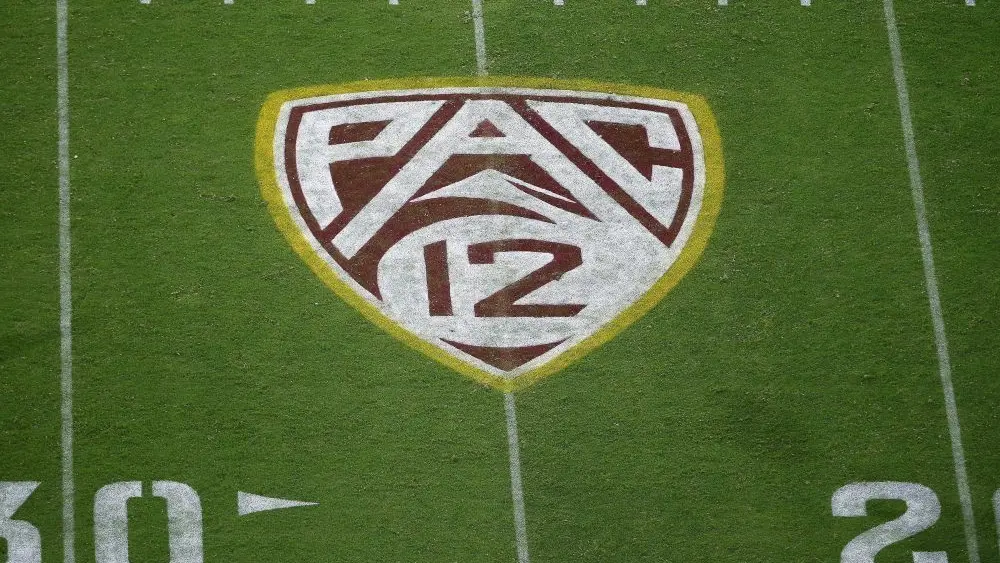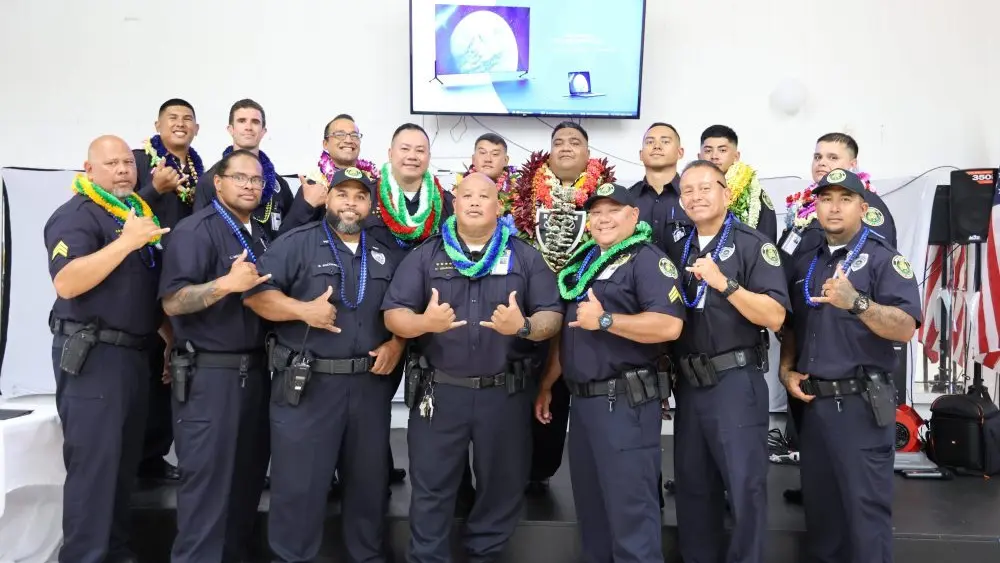The Hawai‘i Board of Land and Natural Resources (BLNR) approved recommendations from the Legacy Land Conservation Commission and the DLNR Division of Forestry and Wildlife (DOFAW) to award close to $7 million in state grants for conservation that protects resources for public benefit.
The properties to be conserved (and the grantees) are:
- Ke Kīpuka o Kalaeuila, a culturally and ecologically significant 170-acre oceanfront property in Kahuku, Oʻahu that is home to one of the island’s few remaining native coastal dune ecosystems. The grantee plans to restore the inland section to create habitat for threatened and endangered species. (North Shore Community Land Trust)
- Hīlea, a mix of open ranch lands and native forest in Kaʻū, Hawaiʻi, covering nearly 2,000 acres. The area includes the mountains Makanau and Pakua, as well as Kohailalani heiʻau which is still in use. (The Nature Conservancy)
- Kawainui Makai which consists of two adjacent parcels totaling over 80 acres surrounding the Kawainui River in South Hilo, featuring waterfalls, estuary habitat for endangered species, historic rock structures, and mature mahogany and teak forestry on prime agricultural land. (Makahanaloa Fishing Association)
- Kōkua Kealakekua, a strategic property at the popular Kaʻawaloa trailhead (Captain Cook Monument Trail) in South Kona. This 1.26 acre parcel sits at a critical access point to Kealakekua Bay, and its aquisition enables the implementation of the Community Action Plan goals to manage the area. (Hoʻāla Kealakekua Nui, Inc.)
- East Maui Coastal Forest, a mixed native/non-native forest along the Hānā Highway on Maui’s northeast coast spanning over 540 acres. It provides nesting habitat for native seabirds, foraging and roosting habitat for the Hawaiian hoary bat, and connectivity of streams to the ocean. (DOFAW)
.
The grant application and approval process includes consultation with three state agencies (DLNR, Department of Agriculture, and Agribusiness Development Corporation). The process also requires field visits and public meetings with the Legacy Land Conservation Commission; DLNR consultation with the president of the state Senate and the speaker of the state House of Representatives, environmental review, and final approval by the BLNR, the Department of Budget and Finance, and the Governor.
The grants are to preserve and protect land through acquisition that has natural, environmental, recreational, scenic, cultural, agricultural production, or historic value. This includes park and trail systems that provide access to such land.
Photo credit: DLNR




